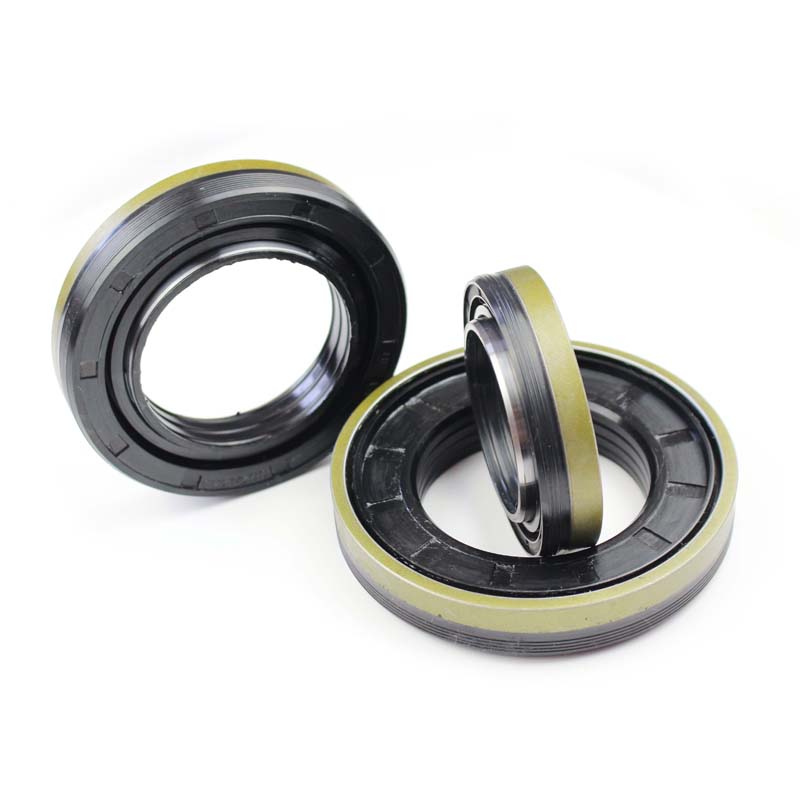axle bearing seal
Understanding Axle Bearing Seals Importance and Maintenance
Axle bearing seals are crucial components in the wheel assembly of vehicles, playing a vital role in the overall performance and longevity of automotive machinery. These seals serve as barriers, preventing contamination from dirt, dust, and moisture while retaining the necessary lubrication within the axle bearing system. This article delves into the importance of axle bearing seals, their function, types, and maintenance practices to ensure they operate efficiently.
Function of Axle Bearing Seals
At the heart of an effective axle bearing system lies the bearing itself, which allows the axle to rotate smoothly. The axle bearing seal is responsible for keeping the lubricant contained within the bearing while also preventing external contaminants from entering. Lubrication is essential as it minimizes friction and wear between the moving parts, which can lead to premature failure if not properly maintained.
Axle bearing seals not only enhance the lifespan of the wheel bearings but also contribute to the overall safety and performance of the vehicle. A compromised seal can lead to lubricant leakage, increased friction, overheating, and ultimately bearing failure, which can result in catastrophic vehicle failures while driving.
Types of Axle Bearing Seals
There are several types of axle bearing seals, each designed for specific applications and environments. The two primary classifications of seals are lip seals and shaft seals.
1. Lip Seals These seals feature a flexible lip that forms a tight junction with the axle, effectively preventing leakage. They are commonly made from materials such as rubber or silicone, which provide a good seal against the rotation of the axle.
2. Shaft Seals More robust than lip seals, shaft seals are designed for heavy-duty applications. They are capable of withstanding greater pressures and harsher environments, making them ideal for trucks or off-road vehicles that may encounter challenging conditions.
Different vehicles may require different seal types based on design specifications, load conditions, and operating environments. Understanding the right type for your vehicle can significantly enhance its performance and lifespan.
axle bearing seal

Maintenance of Axle Bearing Seals
Regular maintenance of axle bearing seals is essential for ensuring their performance and reliability. Here are some key practices to follow
1. Inspection Regularly inspect your vehicle's axle seals for signs of wear, cracks, or brittleness. If the seals appear damaged, they should be replaced promptly to prevent lubricant leakage.
2. Lubrication Checks Ensure that the bearings are adequately lubricated. Insufficient lubrication can lead to increased friction and the eventual failure of both the bearing and the seal.
3. Cleaning Keep the area around the axle and seals clean to prevent dust and debris from entering the bearing assembly. Regular cleaning can significantly extend the life of the seals.
4. Environment Considerations Be mindful of the environment your vehicle operates in. If driving in harsh conditions, consider more robust seal options that can better withstand dust, mud, and moisture.
5. Professional Servicing If you notice any irregularities in the performance of your vehicle, such as unusual noises, vibrations, or play in the wheels, consult a professional mechanic. They can provide a thorough inspection and service to ensure all components, including axle bearing seals, are functioning correctly.
Conclusion
In conclusion, axle bearing seals are a critical component that can directly affect the performance and safety of a vehicle. Understanding their function, the various types available, and how to maintain them properly can save vehicle owners time and money while preventing issues that could arise from neglect. By prioritizing regular inspection and maintenance, vehicle owners can ensure that their axle bearing systems operate smoothly and efficiently for years to come.
-
Understanding Automotive Oil Seals: Essential Components for Engine and Shaft Protection
News Jul.30,2025
-
The Importance of Heavy Duty Seals in Industrial and Residential Applications
News Jul.30,2025
-
Exploring Industrial Oil Seals: From Felt Oil Seals to TTO and CFW Solutions
News Jul.30,2025
-
Essential Guide to Oil Seals: From Radial to Metal-Cased Seals for Industrial Reliability
News Jul.30,2025
-
Choosing the Right Oil Seals and Gaskets for Industrial and Automotive Applications
News Jul.30,2025
-
Cassette Seals: Durable Sealing Solutions for Harsh Environments
News Jul.30,2025
-
Understanding the Front Main Engine Seal: Purpose, Maintenance, and Installation
News Jul.29,2025
Products categories















